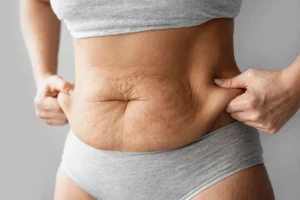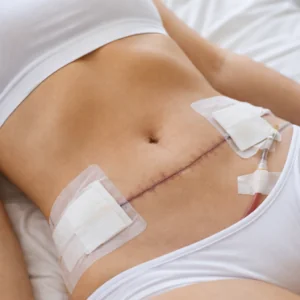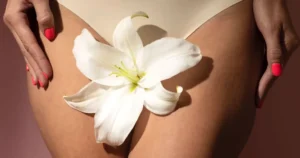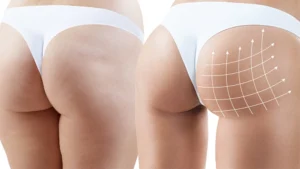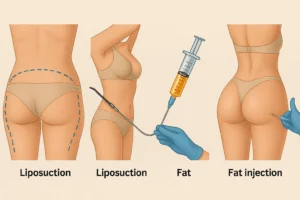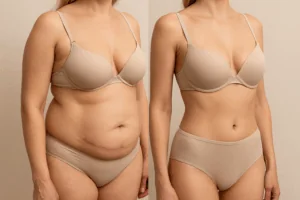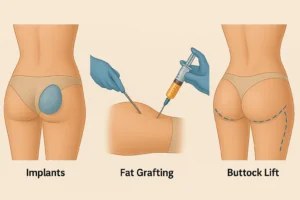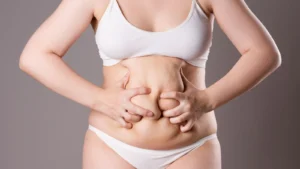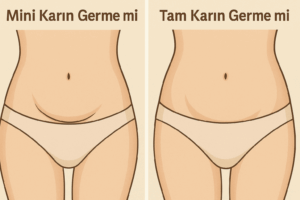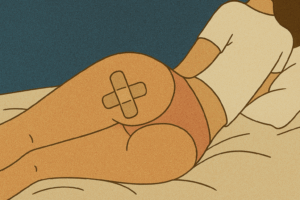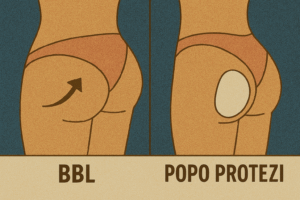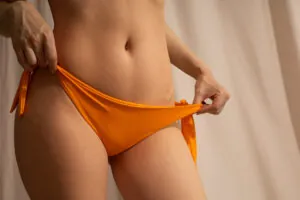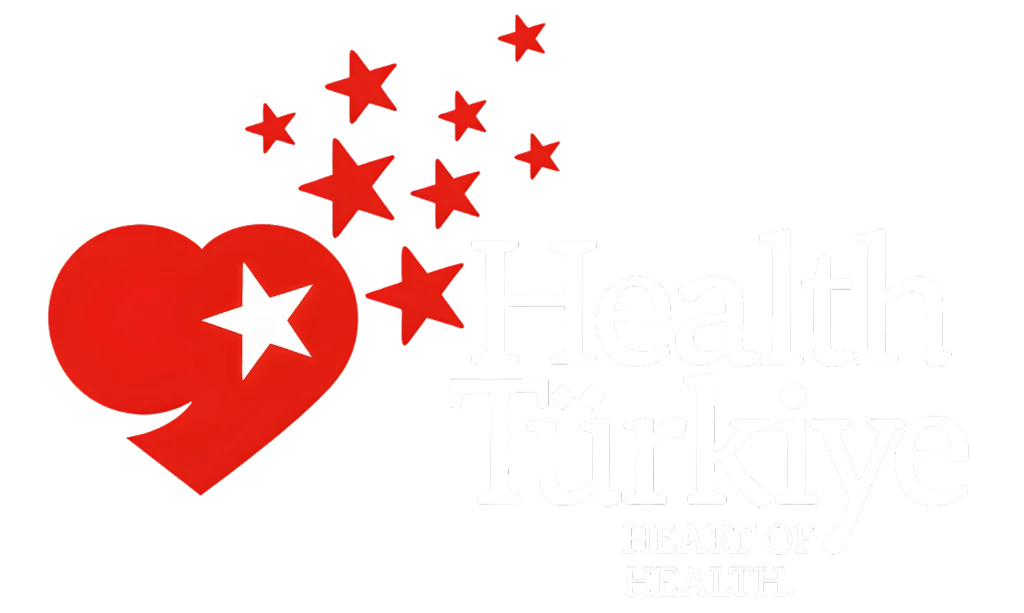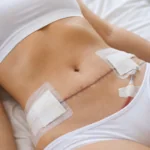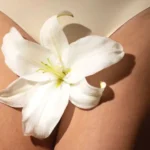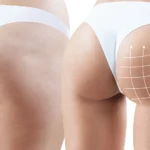Cupping is a traditional medical practice with thousands of years of history. In recent years, this ancient method has gained renewed interest in the modern medical world. In this article, we will present a detailed review of cupping therapy, from its history to its application methods, from its benefits to its possible risks.
What is Cupping Treatment?
Cupping therapy is an alternative medicine method based on creating a vacuum by placing special cups on certain parts of the body. This vacuum effect stimulates the tissues under the skin and increases blood circulation. It is believed to regulate the flow of life energy, known as "ci" in traditional Chinese medicine.
History
The origins of cupping therapy go back to ancient times. Evidence has been found that it was first practiced in Egypt around 3000 BC. Hippocrates also mentioned cupping therapy in his writings. Over time, this practice spread to the Middle East, Asia and Europe.
- Ancient Egypt: Cupping practices are depicted in papyri.
- Ancient Greece: Hippocrates used cupping to treat various diseases.
- Islamic Golden Age: The famous physician Ibn Sina (Avicenna) mentioned cupping in his work "The Law of Medicine".
- China: It has become an important part of traditional Chinese medicine.
- Medieval Europe: Widely used in folk medicine.
Types of Cupping Treatment
Cupping therapy can be applied in various ways:
- Dry Cupping: The most common and simple form. Only vacuum is applied without any incisions.
- Islak Kupa (Hacamat): Vakum uygulanmadan önce deri üzerinde küçük kesikler yapılır. Bu yöntem, “kanlı kupa” olarak da bilinir.
- Movable Cup: Cups are moved on lubricated skin.
- Fiery Cup: A vacuum is created by lighting a short-term fire in the cup.
- Magnetic Cup: Magnetic parts are placed inside the cups.
Application of Cupping Treatment
Cupping treatment usually involves the following steps:
- The application area is cleaned.
- The cup is placed on the skin.
- Various methods are used to create a vacuum (pump, fire, etc.).
- The mugs are left in place for 5-15 minutes.
- The vacuum is slowly released and the mugs are removed.
- Clean the application area and apply moisturizer if necessary.
Mechanism of Action of Cupping Treatment
The mechanism of action of cupping therapy can be explained as follows:
- Increased Blood Circulation: The vacuum effect increases blood flow to the application site.
- Toxin Excretion: Increased blood circulation accelerates the removal of toxins from the body.
- Muscle Relaxation: The vacuum effect helps to relax tense muscles.
- Pain Relief Effect: Reduces pain by increasing endorphin secretion.
- Stimulation of the Immune System: Local inflammation response stimulates the immune system.
Benefits of Cupping Treatment
The potential benefits of cupping include:
- Pain relief
- Reducing muscle tension
- Improving blood circulation
- Strengthening the immune system
- Detoxification
- Improving skin health
- Reducing stress and anxiety
- Regulating the digestive system
Uses of Cupping Therapy
Cupping therapy can be used to treat various ailments:
- Chronic pain (back pain, neck pain, fibromyalgia)
- Migraine and headaches
- Arthritis and rheumatic diseases
- Respiratory diseases (asthma, bronchitis)
- Skin diseases (acne, eczema)
- Digestive system disorders
- Blood circulation disorders
- Stress and anxiety disorders
Possible Side Effects and Risks
Although cupping is generally considered safe, it can have some side effects:
- Bruising and swelling of the skin
- Mild pain or discomfort
- Skin burns (especially in hot cupping applications)
- Risk of infection (especially with wet cupping)
- Risk of anemia (with frequent wet cupping treatments)
- Permanent scars on the skin
Who Is Cupping Treatment Not Suitable For?
In some cases, cupping is not recommended:
- Pregnancy
- Cancer patients
- Bone fractures or dislocations
- Deep vein thrombosis
- Severe heart disease
- Serious skin diseases or wounds
- Patients with coagulation disorders
- Patients with high fever
Modern Medicine and Cupping
In the modern medical world, the approach to cupping is gradually changing:
- It has started to be recognized as complementary medicine.
- Some hospitals and clinics offer cupping therapy.
- Physiotherapists and massage therapists can use this technique.
- However, it is still considered a controversial topic and more scientific research is needed.
Scientific Research and Evidence
Scientific research on cupping therapy is increasing:
- Studies on pain management have shown promising results.
- There is evidence that it is effective in reducing fibromyalgia symptoms.
- Positive results have been obtained in the treatment of low back pain.
- It may be effective in reducing the frequency of migraine.
- However, more large-scale and controlled studies are needed.
Frequently Asked Questions About Cupping Treatment
- Is cupping painful? It is usually not painful, but there may be a slight pulling sensation or discomfort.
- How long does it take for cupping scars to disappear? The scars usually disappear within 1-2 weeks.
- How often can I have cupping treatment? This depends on the individual and the purpose of treatment, but is usually recommended once a week or once every two weeks.
- Does cupping treatment weaken? Cupping has no direct effect on weight loss.
- What should I pay attention to after cupping treatment? It is important to drink plenty of water, rest and avoid excessive physical activity.
Conclusion
Although cupping is a traditional practice with thousands of years of history, it continues to gain traction in the modern medical world. It is thought to have potential benefits in areas such as pain management, reducing muscle tension and improving overall health.
However, as with any alternative medicine practice, cupping therapy should be practiced with caution. It is important to be performed by experienced and trained practitioners in order to minimize possible risks. It is also recommended that cupping therapy should be used as a complementary method, not as a substitute for modern medical treatments.
If you are thinking about cupping, be sure to consult a health professional and assess whether it is right for you. Each individual's health condition and needs are different, so a personalized approach is important.
In conclusion, cupping is one of the rediscovered applications of traditional medicine in the modern world. As scientific research continues, we will continue to learn more about the potential benefits and limitations of this ancient method. When it comes to health, staying informed and making informed decisions is always the best approach.




